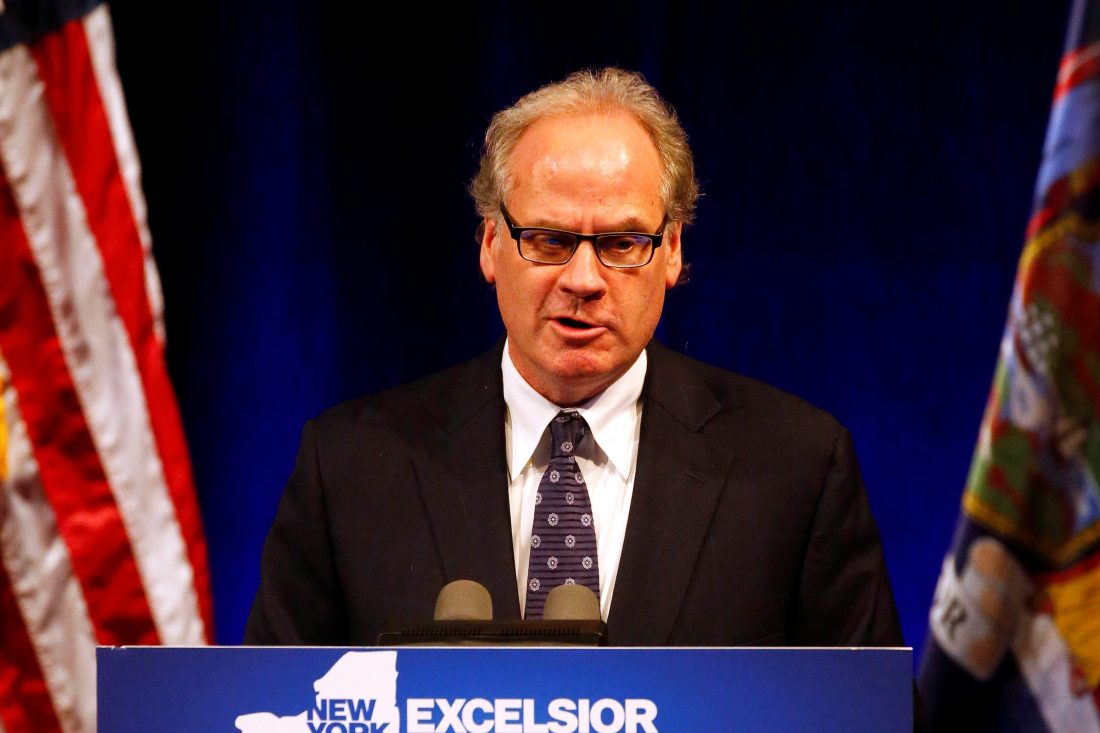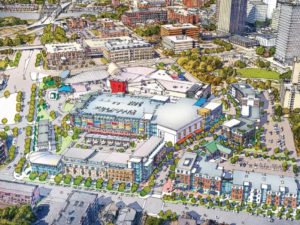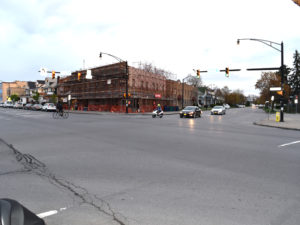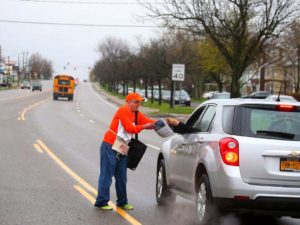
The central strategy behind Buffalo Billion I & II continues to be Smart Growth, the Buffalo News reports: “…the second part of the Buffalo Billion [is] based on the same economic development plan that Zemsky helped prepare six years ago when he was co-chair of the region’s economic development council. ‘All the things that worked so well in Buffalo Billion I are in here,’ he said. ‘It was downtownrevitalization. It was waterfront activation. It was transit-oriented development. It was workforce training… You can see a theme here: We’re trying to help as many people as we can to get the skills to take advantage of the growing opportunities that are coming,’ he said. ‘At the end of the day, we will only succeed in creating more opportunity, through connecting people with transit, through connecting people by putting the jobs where they are accessible and by not continuing to spread and sprawl them out all over.’ “In many ways, the original Buffalo Billion’s flashy projects haven’t had a huge impact on the local economy yet. The SolarCity solar panel factory generated a spike in construction jobs that came and went, but the solar energy company so far only has created about 50 of the 1,460 jobs it has promised to bring to the region. The IBM data analytics center downtown has about 100 people. The Athenex drug plant in Dunkirk is still in the construction phase. It will be years before all the promised jobs from those projects – and others – are created, if all goes according to plan. “Zemsky is trying to think bigger than a handful of high-profile projects. ‘We’re creating a place where, at the end of the day, people can get a job, get the skills to get a job, where people can get to the job, and where people want to live, particularly young people,’ Zemsky said.”
Howard Zemsky introduces Gov. Andrew Cuomo before he gives his State of the State address at UB Center for the Arts in Amherst on Monday, Jan. 9, 2017. (Mark Mulville/Buffalo News)
Howard Zemsky introduces Gov. Andrew Cuomo before he gives his State of the State address at UB Center for the Arts in Amherst on Monday, Jan. 9, 2017. (Mark Mulville/Buffalo News)







